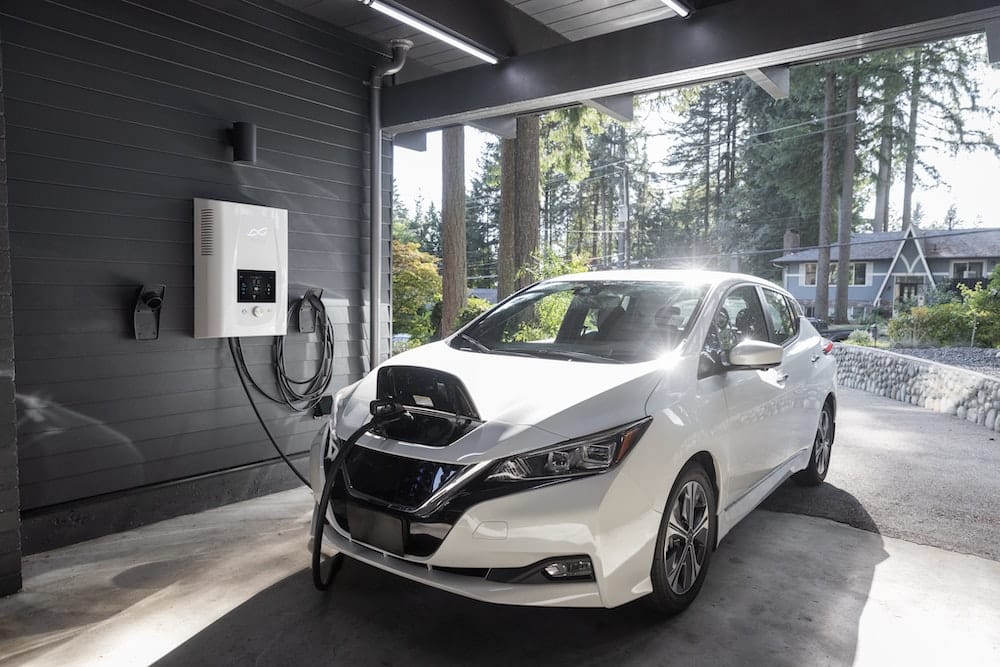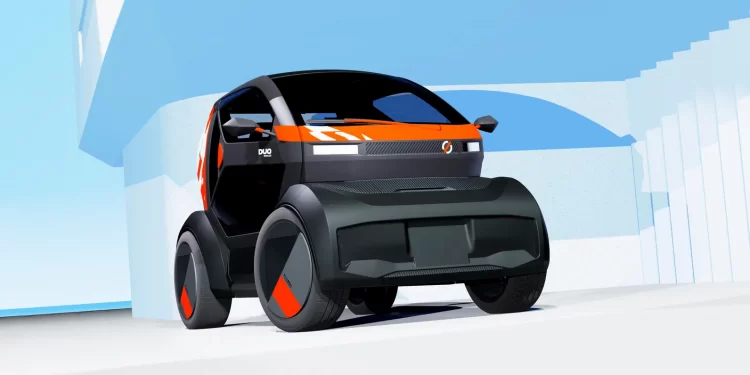In the era of sustainable living, electric cars have emerged as a promising alternative to traditional combustion-engine vehicles. As we navigate the path towards a greener future, it’s essential to weigh the advantages and disadvantages of embracing electric vehicles (EVs). Let’s delve into the electric revolution and explore the five advantages and five disadvantages of buying an electric car.

Advantages:
1. Environmental Friendliness:
One of the most significant advantages of electric cars is their environmental impact, or rather, the lack thereof. Unlike traditional cars that emit harmful pollutants, electric cars produce zero tailpipe emissions. This translates to a substantial reduction in air pollution, contributing to cleaner air and a healthier environment. As the world grapples with climate change, the switch to electric vehicles becomes a crucial step in mitigating our carbon footprint.
2. Cost Savings on Fuel:
Electric cars are known for their efficiency in converting electrical energy into motion. This efficiency translates into significant savings on fuel costs for the owner. With the rising prices of conventional fuels, the economic appeal of electric vehicles is becoming increasingly apparent. Charging an electric car is often more cost-effective than filling up a tank with gasoline, leading to long-term savings for the environmentally conscious consumer.
3. Lower Maintenance Costs:
Electric cars are simpler in structure compared to their internal combustion counterparts. They have fewer moving parts, resulting in lower maintenance costs. There is no need for oil changes, and the regenerative braking systems often reduce wear on brake pads. While the initial investment might be higher, the long-term savings in maintenance make electric cars an attractive option for budget-conscious consumers.
4. Government Incentives:
Many governments worldwide are actively promoting the adoption of electric vehicles through a range of incentives. These incentives can include tax credits, rebates, and reduced registration fees. By encouraging the switch to electric cars, governments aim to accelerate the transition to sustainable transportation and reduce dependence on fossil fuels. Savvy consumers can take advantage of these incentives to make the transition to electric vehicles more financially appealing.
5. Silent Operation:
Electric cars are renowned for their whisper-quiet operation. Unlike traditional cars with internal combustion engines, electric vehicles produce minimal noise, creating a more serene driving experience. This not only contributes to reduced noise pollution but also enhances the overall driving comfort. The silence of electric cars has made them particularly popular in urban environments, where minimizing noise disturbances is a priority.
Disadvantages:
1. Limited Driving Range:
Despite advancements in battery technology, the driving range of electric cars remains a concern for many consumers. While newer models boast improved ranges, some electric cars may still have limitations in terms of distance per charge. This can be a drawback for those who frequently embark on long journeys and may find it inconvenient to stop for charging breaks.
2. Charging Infrastructure:
The availability of charging infrastructure is a crucial factor influencing the widespread adoption of electric cars. While charging stations are becoming more prevalent, they are not as ubiquitous as traditional gas stations. This can pose challenges, especially in rural or less-developed areas, where access to charging facilities may be limited. The development of a comprehensive charging network is essential for the seamless integration of electric cars into our daily lives.
3. Initial Cost:
Although the long-term operational costs are lower, the initial purchase price of electric cars tends to be higher than that of traditional vehicles. The cost of advanced battery technology is a significant contributor to this disparity. While government incentives and rebates can offset some of these costs, the upfront investment remains a barrier for budget-conscious consumers.
4. Charging Time:
While charging technology is continually improving, the time required to charge an electric car remains a concern for many. Fast-charging stations have alleviated some of these concerns, but they are not as widespread as standard charging points. The time needed for a full charge can be inconvenient for those with tight schedules or those on long journeys, even with advancements in faster charging technologies.
5. Dependence on Electricity Grid:
The environmental benefits of electric cars hinge on the source of the electricity used for charging. If the electricity is generated from fossil fuels, the overall carbon footprint is not significantly reduced. The success of electric vehicles in reducing emissions relies heavily on the transition to cleaner energy sources. Until the electricity grid becomes predominantly powered by renewable energy, the full environmental potential of electric cars may not be realized.
In conclusion, the journey towards a sustainable future involves carefully weighing the pros and cons of electric cars. While the advantages in terms of environmental impact, cost savings, and government incentives are compelling, challenges such as limited driving range, charging infrastructure, and initial costs must be considered. As technology continues to advance and infrastructure improves, electric cars are poised to play a pivotal role in reshaping the landscape of transportation, offering a cleaner and more efficient alternative for the generations to come.





